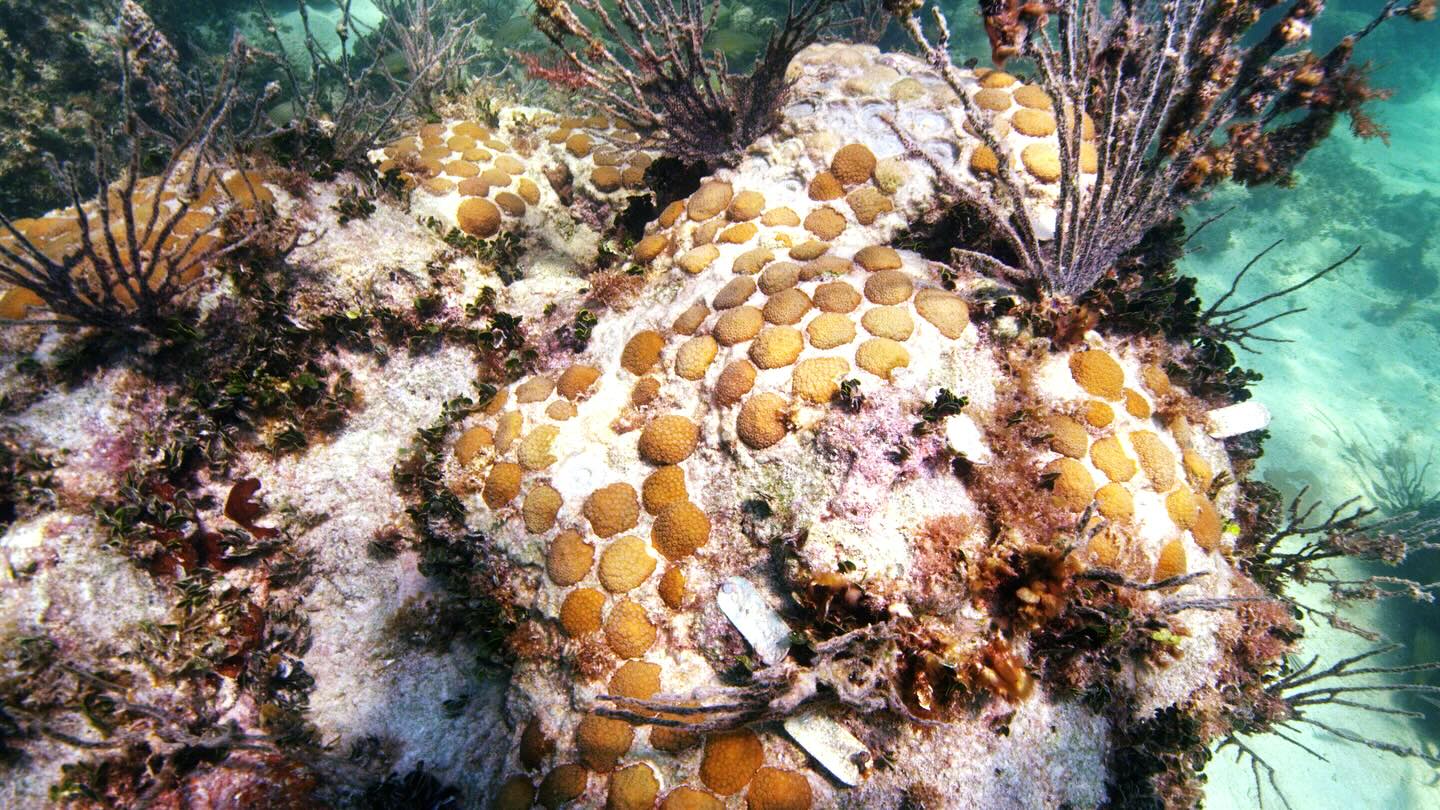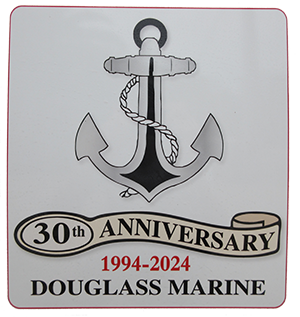Presentation to the Rotary Club of Hallendale Beach-Aventura
Keith and Diane were invited to visit the Rotary Club of Hallendale Beach- Aventura on May 19, 2025. Their presentation titled “Marine Environmental Issues” and focused on the current condition of the reefs off the Florida Keys, the third largest reef system in the world, surpassed in size only by the Great Barrier Reef of Australia and the reef off Belize. And what is being done to help restore the reefs.
The reefs off the Florida Keys are important as they enhance the quality of life for South Florida. The outer and inner reef tracts also provide both a protective barrier against the ravages of a tropical storm or hurricane and provide habitats for a variety of species of marine life. Over the past several decades the reefs off the Florida Keys have deteriorated to the point where only between 5% to 10% of the reef tracts have live coral. The rest of the reefs are only coral rock.
The causes of the deterioration include coral bleaching when stressed corals release the symbiotic algae that typically live inside them and give them their color. Without the algae, the corals lose a major source of nutrition and become susceptible to disease and death. Diseases such as the deadly stony coral tissue loss disease, coastal runoff including wastewater effluent, carcinogens, drugs, herbicides and pesticides, increased water temperature and associated sea level rise, changes in ocean chemistry and loss of coral “grazers” such as spiney sea urchins who help keep turf algae under control.
There is hope however the reef tracts off the Florida Keys can be restored. Currently, baby corals obtained from parent corals with a history of resistance to diseases and other factors are being grown in at the Florida Keys Aquarium in Tampa, Florida. Recently, 1,000 young corals arrived in the Keys for “outplanting” on the reef tracts where they are most needed. The initiative is called “The Coral Rescue Project” designed to retrieve and preserve corals before they become disease infected.
The Florida Keys National Marine Sanctuary (FKNMS) is also coordinating a program called “Mission Iconic Reef” where 5-7 reef tracts are targeted for outplanting, with more tracts planned. Keith mentioned one of the most important votes he ever cast while serving on the Monroe County Commission was to petition the federal government to create the FKNMS. Ironically, a subsequent countywide ballot referendum failed. Fortunately, the federal government disregarded the ballot results and the FKNMS has been
instrumental in preserving and protecting the only coral reef in the continental United States.
Notable private marine restoration and preservation organizations are partnering with federal agencies such as NOAA, National Park Service and Fish and Wildlife and Florida agencies including Dept. of environmental Protection, Fish and Wildlife Conservation Commission and the S. Florida Water Management District. And local governments including the five Southeast Florida counties including Monroe, Miami-Dade, Broward, West Palm Beach and Martin are also actively involved.
With the help of organizations including Mote Marine of St. Petersburg, The Coral Restoration Foundation, Reef Renewal USA, Reef Relief, Nature Conservancy, Friends of our Florida Reefs, and Audubon of Florida, a coordinated effort is making progress restoring the reef tracts. Institutions of higher learning including University of Floria, Florida International University, Florida Institute of Oceanography, NOVA Southeastern University and the University of South Florida have also supported the reef restoration efforts.
Scientific breakthroughs are also occurring, and one might be considered a miracle. While preparing the Mote Marine Laboratory’s Summerland Key facility from the approach of Hurricane Irma, large raceways of coral had to be relocated from covered outdoor locations, to indoors as space allowed.
After returning from the hurricane evacuation ordered by Monroe County, the lab’s chief scientist, Dr. David Vaughn, discovered that many of the corals he moved indoors had broken. Having extensive cleanup and other recovery duties to attend to Dr. Vaughn allowed the corals to remain in the trays for a time. Eventually, he examined the corals and found the broken pieces were recovering at a much faster rate than coral typically grows. The damaged corals not only survived they thrived, and the process known as “Fragmenting” was born.
Following the recovery from Hurricane Irma, Mote Marine began the fragmenting process at their facilities and eventually sought the help of the Boy Scouts of America’s Brinton Environmental Center, just a short distance from the Mote Marine facilities also on Summerland Key. There is a marina, dormitories and other resources to bring scouts from across the country to experience high adventure programs.
The National BSA facility agreed to build a complex to include raceways able to provide clean seawater obtained via digging deep wells to obtain the appropriate quality of seawater. For the past half dozen years, the Boy Scouts of America through its STEM program at the Brinton Environmental Center, has both been growing various species of coral but also assisting with outplanting the juvenal corals on nearby reef tracts.




